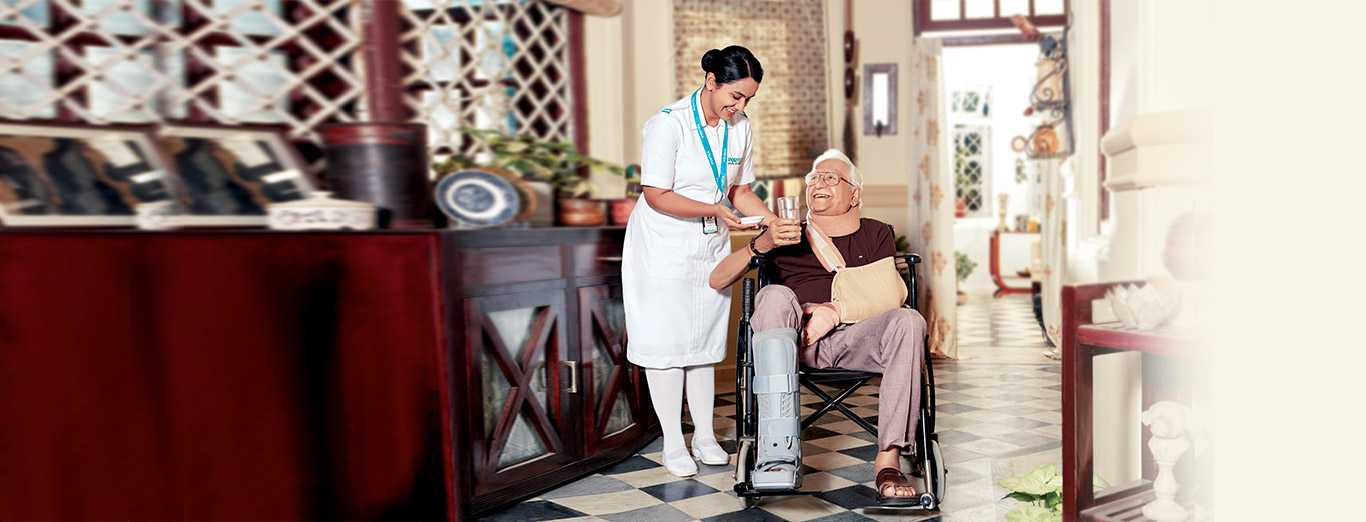
rib fracture causes symptoms and treatment
rib fracture
Our lungs and hearts are enclosed in a cage-like bone structure in the chest cavity known as the ribs. The ribs are attached by many layers of muscle.
When any of the bones in your rib cage fracture or crack, it often results in a broken rib, which is a very common and painful injury. Chest trauma is the most frequent cause.
Many ribs that are fractured are only cracked. Cracked ribs are less harmful than ribs that are fractured into distinct pieces, however, they are nonetheless unpleasant. A shattered bone’s ragged edge might hurt important blood veins or vital organs, such as the lung. In fact, cracked rib treatment is easy and quick.
Broken rib treatment typically takes one to two months to recover. To maintain deep breathing and prevent lung problems like pneumonia, better pain management is crucial.
general types of rib fracture
There are many different types of rib fractures, but the five main types of broken ribs are-
- Incomplete: Only a piece of the bone’s cross-section is affected by a fracture. Typically, one side fractures while the other gently bends (greenstick).
- Complete: The whole cross-section of the bone is affected by the fracture line, and bone fragments are typically shifted.
- Closed: There is no skin penetration from the fracture.
- Open: Potentially contaminated skin and muscle are penetrated by bone particles.
- Pathological: In unhealthy bone (such as that affected by cancer or osteoporosis), fractures can develop with no or very little impact.
common causes of rib fracture
Your ribs are made to tolerate a lot because they guard your heart and lungs. However, they can be broken by rapid, strong hits to the back and chest.
These could be the outcomes:
- sports involving contact, like rugby or football
- an accident involving a car or a bicycle
- hard falls
- Domestic violence or various types of physical assault
Your ribs and muscles may suffer greatly from years of repetitive motions, such as hitting a golf club. You may be more prone to fracture a rib as a result of trauma brought on by consistently making powerful motions.
some typical broken ribs symptoms
The following are the primary signs of broken ribs:
- chest wall discomfort that worsens with breathing, movement, or coughing
- rib-regional bruising or swelling
- breathing difficulty
- trouble inhaling deeply
- significant discomfort or pain
what are the common risk factors for a rib fracture?
Rib fractures are more likely to occur as a result of several circumstances. Rib fractures do not happen to everyone who has risk factors. These risk factors comprise:
- A rib has been affected by cancer
- old age
- Osteoporosis (thinning and weakening of the bones)
- participation in contact sports
- Workplace practices that raise the risk of rib fracture (slips, falls, blunt trauma)
when to see a doctor
If you have a really sore place near your ribs that develops after a trauma, or if you experience breathing issues or pain when inhaling deeply, consult a doctor.
If you have pain around your shoulder or arm in addition to heaviness, swelling, pressure or a squeezing sensation in the middle of your chest that lasts longer than a few minutes, you must contact a doctor right once. These can be a sign of heart attack too.
diagnosis for rib fracture
Typically, during a physical medical assessment, a doctor may look for evidence of bleeding or bruising to identify rib fractures. They might inquire about the degree of pain and whether breathing is a struggle.
Your doctor will lightly touch your ribcage while performing the physical examination. Additionally, he or she could see your ribcage flex and hear your lungs while you breathe.
Most likely, your doctor will recommend one or more of the imaging tests listed below:
- Bone scan
- CT scan
- MRI
- X-ray
how long does it take for a broken rib to fully recover?
The natural healing process for broken ribs takes approximately six weeks. You ought to refrain from any actions that can aggravate your rib pain throughout this time. Sports and hard lifting are therefore off the table. Stop doing it right now and wait till you’re healed if you feel any discomfort near your ribs.
To avoid a build-up of mucus in your lungs while you are recuperating, it is necessary to sometimes move your shoulders and walk around. Cough if necessary to empty your lungs, even though it can hurt. When you cough, try pressing a cushion across your chest to lessen the discomfort.
rib fracture treatment
Simple fractures typically cure on their own. Doctors could advise resting to help with this.
Pulling, pressing, or lifting should be avoided because these actions could exacerbate the discomfort or further harm the ribs.
A person can require surgery if they have multiple broken ribs, extensive rib injury, or a flailing chest. A doctor will use screws and plates during surgery to join the shattered ribs.
Additionally, surgery can fix any organ system, nerve, or blood vessel injury.
portea offers rib fracture care services at affordable prices
Homecare, or healthcare services that seamlessly come to patients’ homes for the convenience of patients and their families, is a result of the changing healthcare landscape.
With its objective to provide high-quality healthcare to millions of people, Portea’s revolutionary journey has over the previous few decades altered the healthcare environment. In line with this purpose, Portea provides exceptional care for patients in the convenience of your own home through a variety of innovative treatment choices.
Their nursing care plans for rib fractures include individualized healthcare services, such as nurse and doctor visits, and they give professional medical supervision and high-quality care for a longer period of time at home.
Doctor Consultation
Nursing
Physiotherapy
Trained Attendant
Elder Care
Mother & Baby Care
Lab Tests
Medical Equipment
Speciality Pharma
Critical Care






